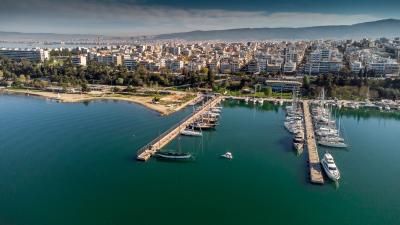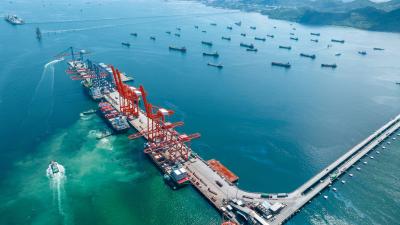Maritime ports are more than gateways for goods; they are critical hubs for global trade and energy. As the world shifts towards cleaner fuels like LNG, hydrogen, and offshore renewables, ports must upgrade infrastructure to handle these safely and efficiently.
At the same time, ports are becoming increasingly digitalised. Automated cranes, AI-driven logistics, and real-time energy monitoring promise greater efficiency and reduced costs. But each digital connection, from sensors to control systems, also introduces potential cyber and physical risks. A cyber-attack or system failure could disrupt trade flows, compromise energy security, or endanger lives.
In addition, while some European ports lead in adopting smart energy technologies, others, particularly in parts of Africa, are at earlier stages of digitalisation. This creates uneven resilience and opportunities for risk exploitation. Our project addresses these challenges by identifying vulnerabilities, analysing governance frameworks, and developing practical solutions. The goal is to help ports worldwide navigate the clean energy transition safely, sustainably, and securely.
What we aim to achieve
- To establish the current state of digitalisation in critical energy infrastructure in maritime ports
- To identify the new risks associated with this digital transition in critical energy infrastructure in maritime ports
- To develop a framework for managing these risks and improving the resilience of critical energy infrastructure.



